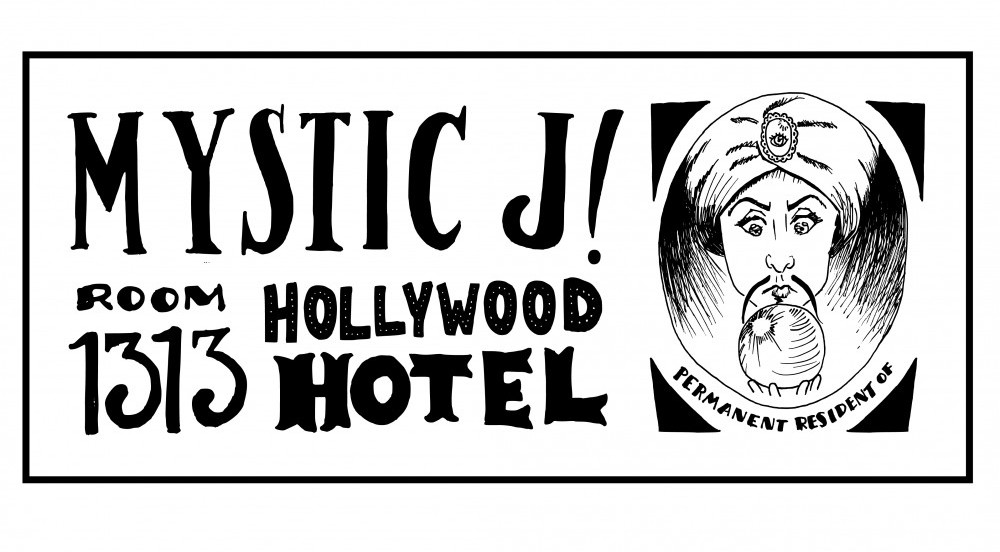The cost of higher education is rising exponentially, and it’s also becoming increasingly difficult to find a decent-paying job without a bachelor’s degree or higher. But what good is an expensive degree if you can’t find a job after you graduate? Many students graduate from college without the skills needed to land gainful employment in the real world.
Portland State’s School of Business Administration website is a valuable resource for students looking to beef up their resume and interviewing skills.
Resume building
Impressing a potential employer in an interview is important, but first you have to land an interview. Your first line of contact with an employer is through your resume and cover letter. If these aren’t up to snuff, you’ll never get to the interview.
The SBA website provides a toolkit and several tips for creating a resume that is attractive to potential employers. First, they emphasize content.
Resumes should be audience-specific. This means taking the time to tailor each resume to the job you’re applying for. For instance, if you’re applying for a marketing job, list your marketing-related skills and experience first.
Sell yourself. If there’s any time you want to toot your own horn, it’s on your resume. Clearly list your accomplishments and goals you’ve met in your previous employment.
Quantify your accomplishments. For example, you could say, “assisted 2000 customers per day,” or “supervised team of 200 employees.” Instead of listing your job duties, use action verbs, like “developed,” “demonstrated,” “prepared,” and “organized.” SBA’s website has an extensive list of action verbs to use in a resume. If you graduated with a GPA of 3.0 or higher, include it.
Otherwise, leave it out.
Consider your email address. It says more about you than you might think. The SBA toolkit warns against using casual or unprofessional email addresses. If your usual email address is [email protected] or [email protected], you’ll want to create a new email address—consider a gmail account—that is associated with your name, like [email protected].
Use simple language and keep your resume to one page. Resumes should be clear, concise and direct. Always use bullet points instead of large blocks of text. A potential employer should be able to quickly glance at your resume and get a clear understanding of what you might bring to the table.
No Comic Sans or Chiller fonts. Resumes are not a good place to experiment. Keep your formatting straightforward and stick to standardized fonts like Times New Roman or Arial, 10–12 point. Highlight your name in a slightly larger font. An exception to this might be if you’re applying for a design or marketing job. More creative or artistic jobs can warrant a bit more creative license in formatting. Just remember to keep your information clear and easily digestible. A resume should not create more work or confusion for
your potential employer.
Writing cover letters
Create a personalized cover letter for each position. Keeping a resume to one page can be difficult, and the cover letter can help you expand on areas that are bare bones on your resume.
Keep it short.The cover letter should be brief and readable, also no longer than one page. The cover letter should be engaging, personal and professional. Your contact information should be clearly displayed at the top of the letter.
Stand out. The first paragraph of your cover letter needs to be attention grabbing and direct. Demonstrate that you have a strong understanding of the company’s specific needs and goals. This includes the specific position you’re applying for and how you learned about the opening.
Promote yourself. The next section of your letter is the “sell yourself” portion. The SBA toolkit highlights two purposes for this section: Tell them why you’re interested in the company and convince them why they should be interested in you. This includes your specific strengths and skills that qualify you for the position they’re trying to fill.
As in your resume, provide examples, accomplishments and future goals—but avoid redundancy. Clearly highlight achievements that translate specifically to the position.
College students and recent graduates should highlight how their academic career has prepared them for the position. Remember that internships while in school are a valuable tool in preparing yourself for the career you want.
Be accessible. The closing paragraph of your cover letter should entice the employer to contact you. This is where you specifically ask to be interviewed at their convenience. Give your availability, phone number and email address.
Professionalize your voicemail. When you’re trying to get hired, pay attention to your voicemail greeting. Keep it personalized, professional and simple. Make sure your name is clearly recorded and try to sound friendly and engaging. Try smiling while you record your greeting—this can make a real difference in the tone of your voice and employers will notice.
If you take care to prepare your resume and cover letter using these guidelines, you’re far more likely to land an interview with a desirable employer.
You can check out these tips, view sample resumes and cover letters, interview tips and access career-related resources at
pdx.edu/sba/career-services.





